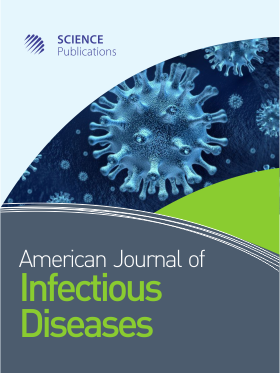Antibiogram-Derived Radial Decision Trees: An Innovative Approach to Susceptibility Data Display
- 1 Massachusetts College of Pharmacy and Health Sciences, United States
Abstract
Hospital antibiograms (ABGMs) are often presented in the form of large 2-factor (single organism vs. single antimicrobial) tables. Presenting susceptibility data in this fashion, although of value, does have limitations relative to drug resistant subpopulations. As the crisis of antimicrobial drug-resistance continues to escalate globally, clinicians need (1) to have access to susceptibility data that, for isolates resistant to first-line drugs, indicates susceptibility to second line drugs and (2) to understand the probabilities of encountering such organisms in a particular institution. This article describes a strategy used to transform data in a hospital ABGM into a probability-based radial decision tree (RDT) that can be used as a guide to empiric antimicrobial therapy. Presenting ABGM data in the form of a radial decision tree versus a table makes it easier to visually organize complex data and to demonstrate different levels of therapeutic decision-making. The RDT model discussed here may also serve as a more effective tool to understand the prevalence of different resistant subpopulations in a given institution compared to the traditional ABGM.
DOI: https://doi.org/10.3844/ajidsp.2005.124.127

- 5,200 Views
- 4,282 Downloads
- 0 Citations
Download
Keywords
- Antibiogram
- decision-trees
- interdisciplinary
- susceptibility
